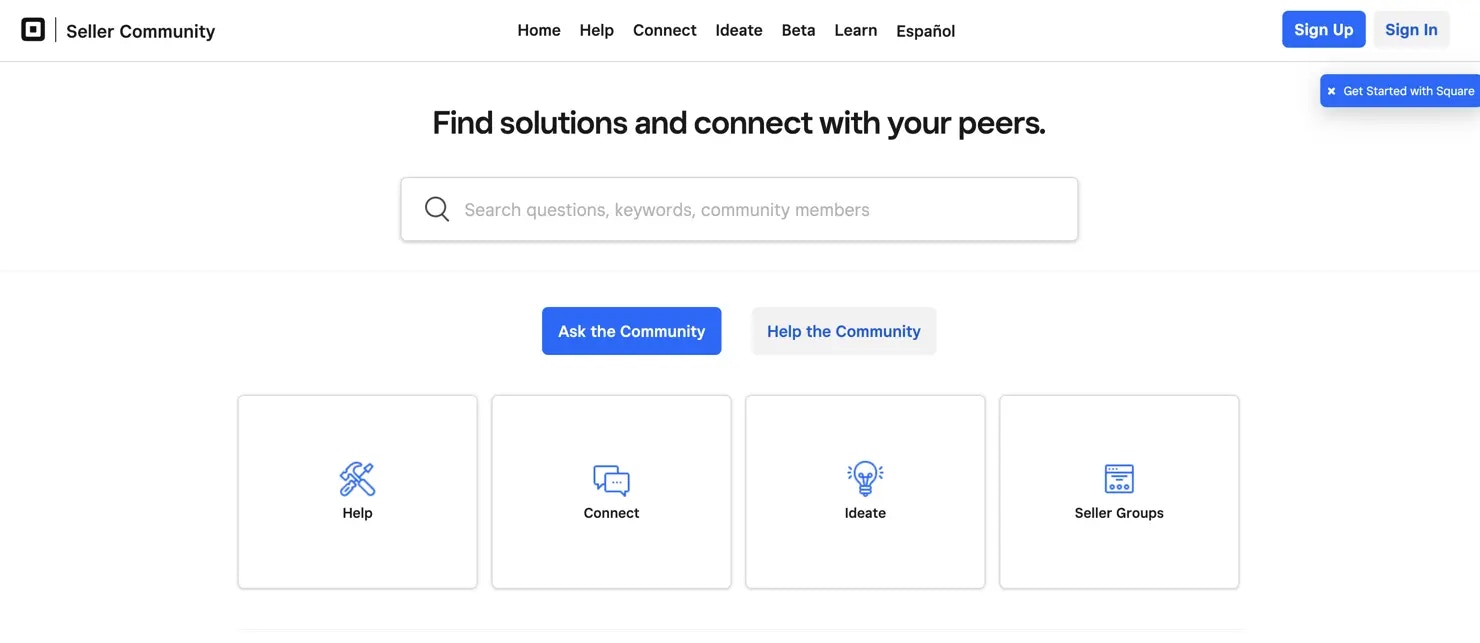Self-hosted help documentation
Step-up your documentation game. Implementing these essential strategies and tips can ensure that your audience gets the assistance they need, seamlessly.Speak your user’s language
- Identify your integration’s target audience and tailor your help docs to their level of technical expertise
- Consider the common questions, pain points, and use cases your users might have
Organize content effectively
- Structure your help docs in a logical manner, with categories, subcategories, and search functionality for easy navigation
- Use descriptive headings and bullet points to break down complex topics into bite-sized pieces
- Create a table of contents for quick reference
Keep help docs clear and concise
- Use plain language and avoid technical jargon whenever possible
- Break down complex concepts into simple steps and provide examples or screenshots to illustrate key points
- Write in an active voice to keep the content engaging and easy to understand
Leverage your user Community
- Encourage community engagement from users who have successfully resolved similar issues
- Community-contributed answers help leverage social proof. When users see that their peers have found solutions helpful, this adds authenticity and credibility to your help docs
- Highlighting real user experiences demonstrates that your documentation isn’t just theoretical— bolstering users’ confidence in its effectiveness.

Anticipate user needs
- Include troubleshooting guides, FAQs, and best practices to address common issues and optimize user experience
- Link related articles together to provide a seamless learning experience
Offer multiple formats
- Formats such as text-based articles, video tutorials, and interactive demos will help cater to different learning preferences and experiences
- Ensure that all formats are easily accessible and mobile-friendly for users on the go
Empower user feedback
- Allow users to rate the helpfulness of your articles and provide comments or suggestions for improvement
- Monitor user feedback regularly and use it to prioritize updates and improvements to your help docs (and integration)

Integrate help docs with support channels
- Integrate your help docs with your customer support channels such as live chat or ticketing systems to provide seamless assistance to users
Measure and analyze usage
- Use analytics tools to track user engagement with your help docs, including page views, search queries, and time spent on each article
- Use this data to identify areas for improvement and optimize your help docs for a better user experience
Embed Zapier within your help docs
- Give users the ability to easily and securely discover what they can accomplish with your integration through one of our embed tools
- Partners often publish articles detailing workflows with a Zap template for that specific workflow embedded using our Workflow Element
- Learn more about other embed benefits
Need help? Tell us about your problem and we’ll connect you with the right resource or contact support.